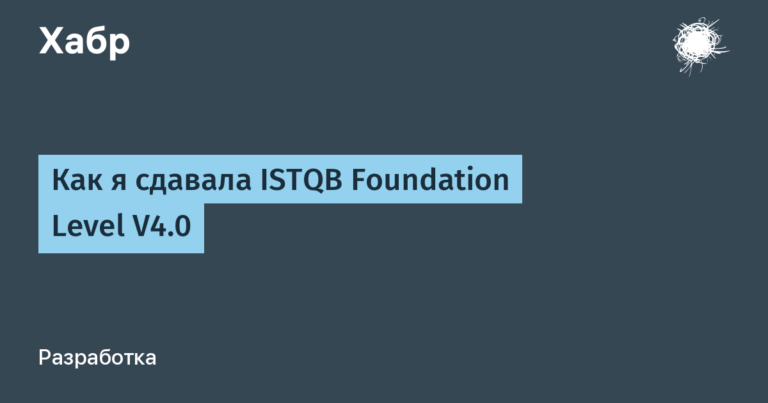how to speed up design by 40% with nanoCAD BIM VK
The Krasnodar company “OMNI Project” is engaged in engineering and technical design, construction project management, construction control and architectural supervision. The company’s specialists shared their experience of creating a water supply project for a school for 1,100 students in Krasnodar, using nanoCAD BIM BK – programs for designing and calculating models of internal water supply, sewerage and fire extinguishing systems.
Comprehensive implementation services, including the supply of licenses and technical support, were provided by the company “SIES Group” – Premier partner of Nanosoft.
Task
In the fall of 2023, the company received an order to design internal water supply and wastewater systems for a three-story school for 1,100 students. Among the conditions set are the subsequent passage of state examination of the design documentation (formation of stage P), as well as the formation and transfer to the customer of a consolidated BIM model of water supply and sanitation systems as part of the implementation of the Decree of the Government of the Russian Federation of September 15, 2020 No. 1431.
OMNI Project specialists had to design engineering systems:
domestic and drinking water supply (hot and cold);
domestic sewerage;
industrial sewerage (separately for dining rooms).
Project team from the customer's side: manager – chief engineer Vadim Kubankin, main executor – 2nd category engineer Natalya Chizhevskaya, co-executor – 3rd category engineer Vitaly Medvedsky.
Choosing software in favor of GOST compliance
“We selected software that meets the requirements of current design standards, as well as complying with GOST regarding the preparation of final documentation for submission for state examination”says Vadim Kubankin.
To implement the project, the company used a combination of Nanosoft solutions:
The main product for the implementation of the project – nanoCAD BIM VK – was chosen due to its capabilities such as:
“box” calculations of the built model of water supply and sanitation networks;
automatic selection of optimal diameters to minimize the power of the pumping equipment used;
automatic generation of specifications based on the constructed network model, which is very convenient when conducting a state examination of the specifications of equipment and materials included in the project;
creation of the most detailed model of the designed systems required by the customer and the possibility of subsequent formation of a consolidated BIM model of the object.
Project specifics
A modern school is a complex that houses training areas with standard classrooms and specialized classes for robotics, computer science, technology and other disciplines, as well as sports facilities, a dining room with a food preparation line, etc.
“The complexity of designing a water supply for such a facility lies in the differences in water consumption standards for the educational and administrative zone and the dining room area, as well as in the differences in the structure of water consumption, plumbing equipment, and water fittings in rooms with different functions. This complicates the calculations for issuing specifications for products and materials, as well as for submitting estimates for compliance with the estimate documentation for examination.”says Natalya Chizhevskaya.
A wide range of sanitary equipment included:
standard sinks and washbasins with faucets for classrooms;
drainage trays and shower nets in showers for staff and for the gym;
specialized washing equipment and equipment for preparing and preparing food in the dining room.
The water supply system was provided as a dead-end with a lower distribution consisting of plastic and steel pipelines. The drainage system is a closed, gravity-flow system made of polymer bell-shaped pipelines.
Using nanoCAD BIM VK tools as efficiently as possible, the OMNI Project team almost halved the overall design time, minimized the risk of errors, and also found a solution to several specific problems.
Project implementation in nanoCAD BIM VK
The first difficulty was the need to create a base for some of the equipment used in the project, especially for the canteen. Using the tool for creating and editing an equipment database, OMNI Project specialists entered into the project precise water consumption parameters for each position, and also created three-dimensional displays for the consolidated BIM model.
Next, it was necessary to calculate the diameters of the main and supply pipelines and determine the required pressures of the pumping equipment. For this purpose, specialists used a built-in calculation tool, which is based on the hydraulic parameters of the equipment from the database.
“The calculation is organized in accordance with current building codes, taking into account the characteristics and quantity of equipment, as well as the water consumption schedule and the likelihood of its operation. Thus, optimally selected pipeline diameters make it possible to reduce the total pressure loss, reduce the power of pumping equipment and the cost of its maintenance.”says Vadim Kubankin.
The use of nanoCAD BIM BK also provided the opportunity to make more accurate calculations of flow in network sections – due to the fact that when constructing the model, the unique parameters of water fittings, including those for dining rooms, are taken into account.
At the final stage, it was necessary to formalize the received plans and diagrams of systems and issue documentation in accordance with the requirements of GOST.
“We solved this problem by automatically placing annotations on network elements. At the same time, the specified parameters (names of risers, pipeline diameters, slopes, pipe marks, etc.) were also automatically specified on the callouts, taking into account the calculated network model.”says Natalya Chizhevskaya.
Result: reduction of design time by 40%
During the design, the following intermediate goals were achieved:
a calculation of materials and equipment was carried out for the release of specifications, taking into account differences in the norms and structure of water consumption, plumbing equipment, and water fittings for rooms with different functions;
using the tool for creating and editing an equipment database, a database of some of the equipment used in the project, including for the canteen, was created;
created three-dimensional displays of equipment for the consolidated BIM model;
using a built-in calculation tool, which is based on the hydraulic parameters of the equipment from the database, the diameters of the main and supply pipelines are calculated, the required pressures of the pumping equipment are determined;
due to the fact that when constructing the model, the unique parameters of water fittings are taken into account, high-precision calculations of flow rates in network sections were carried out;
a consolidated BIM model of water supply and sanitation systems was formed;
the received plans and system diagrams, as well as project documentation, were prepared and issued in accordance with GOST.




“WITH With the help of nanoCAD BIM VK we have reduced the design time. Previously, from the receipt of initial data to the release of final documentation for such projects, at least three months passed, taking into account the manual drawing of diagrams, their calculation and placement of annotations. The nanoCAD BIM VK complex allowed us to develop the project in two months”, – notes Vadim Kubankin.
Thus, the use of nanoCAD BIM BK made it possible to increase design efficiency by 40% thanks to automation in calculating network models, downloading their diagrams, annotating elements, and generating specifications for equipment, products and materials. Subsequently, the use of nanoCAD BIM BK helped save time when passing the state examination, since the project was completed in accordance with all industry standards and documentation requirements.






